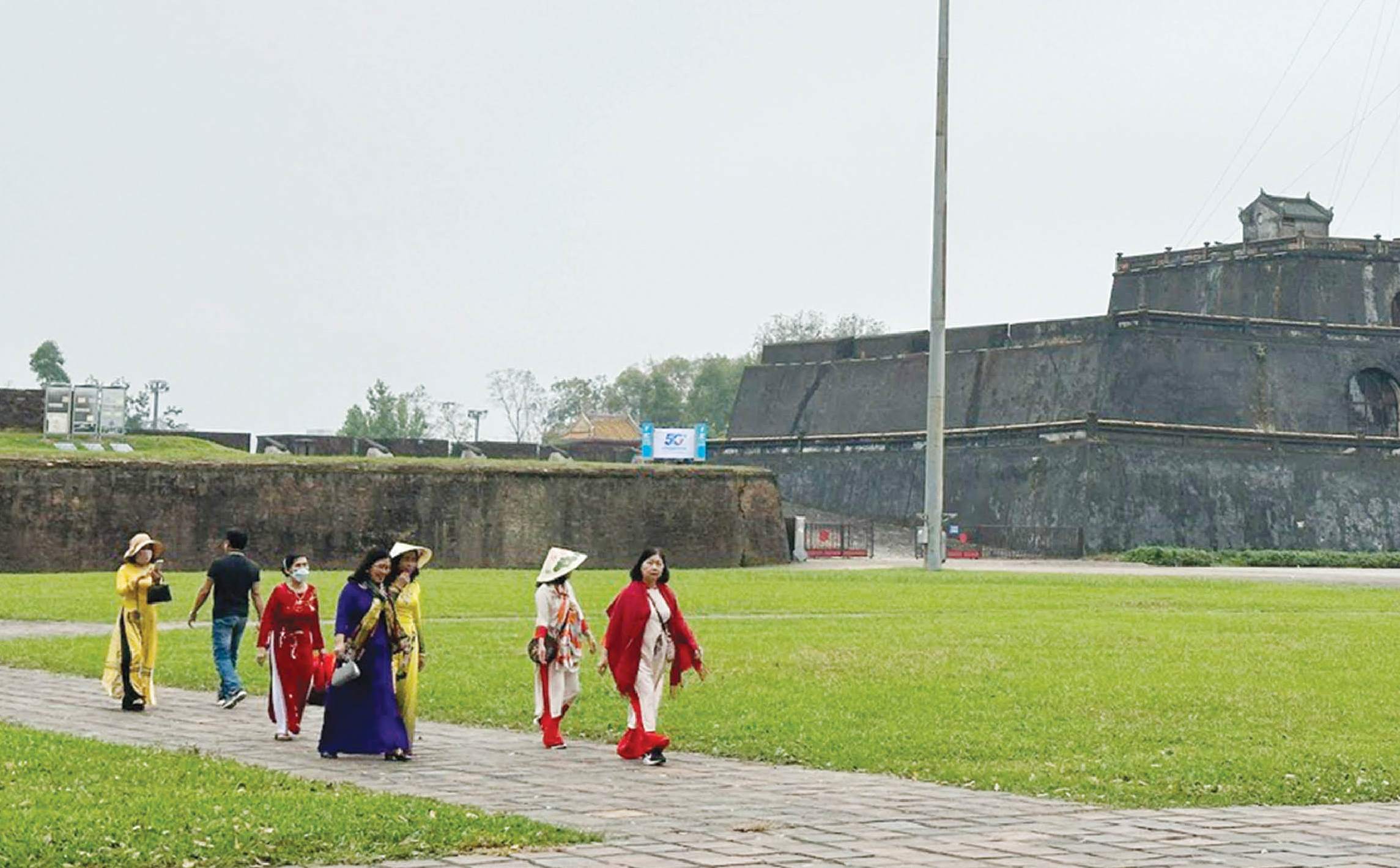 |
| Ngo Mon Square - where Hue Flag Tower is located - is a favorite destination for everyone. Photo: Bao Phuoc |
For many years, the red flag with yellow star has been a sacred symbol associated with revolution and national independence. Under the flag fluttering on top of Phu Van Lau, it seems to echo the sacred call of history, of the fiery seasons of struggle and the pride in the era of the country's rise today.
Hue Flag Tower and important historical events
For a long time, the revolutionary flag appearing at Phu Van Lau Flag Tower has often been associated with three main events mentioned: August Revolution 1945, General Offensive and Uprising in 1968, Hue Liberation Day March 25, 1975.
During the August Revolution, at 9:00 a.m. on August 21, 1945, the red flag with a yellow star flew on the flagpole in front of Ngo Mon Gate, replacing the Ly flag of the Nguyen Dynasty. This event excited the people of Hue. Mr. Dang Van Viet and Mr. Nguyen The Luong were the two people who carried out the sacred duty of hanging the national flag on the flagpole that day. On August 30, 1945, under the revolutionary flag, at Ngo Mon Gate, King Bao Dai read the abdication edict and handed over the seal and sword to the representative of the Provisional Revolutionary Government , marking the end of the Nguyen Dynasty's feudal regime and the birth of the Democratic Republic of Vietnam.
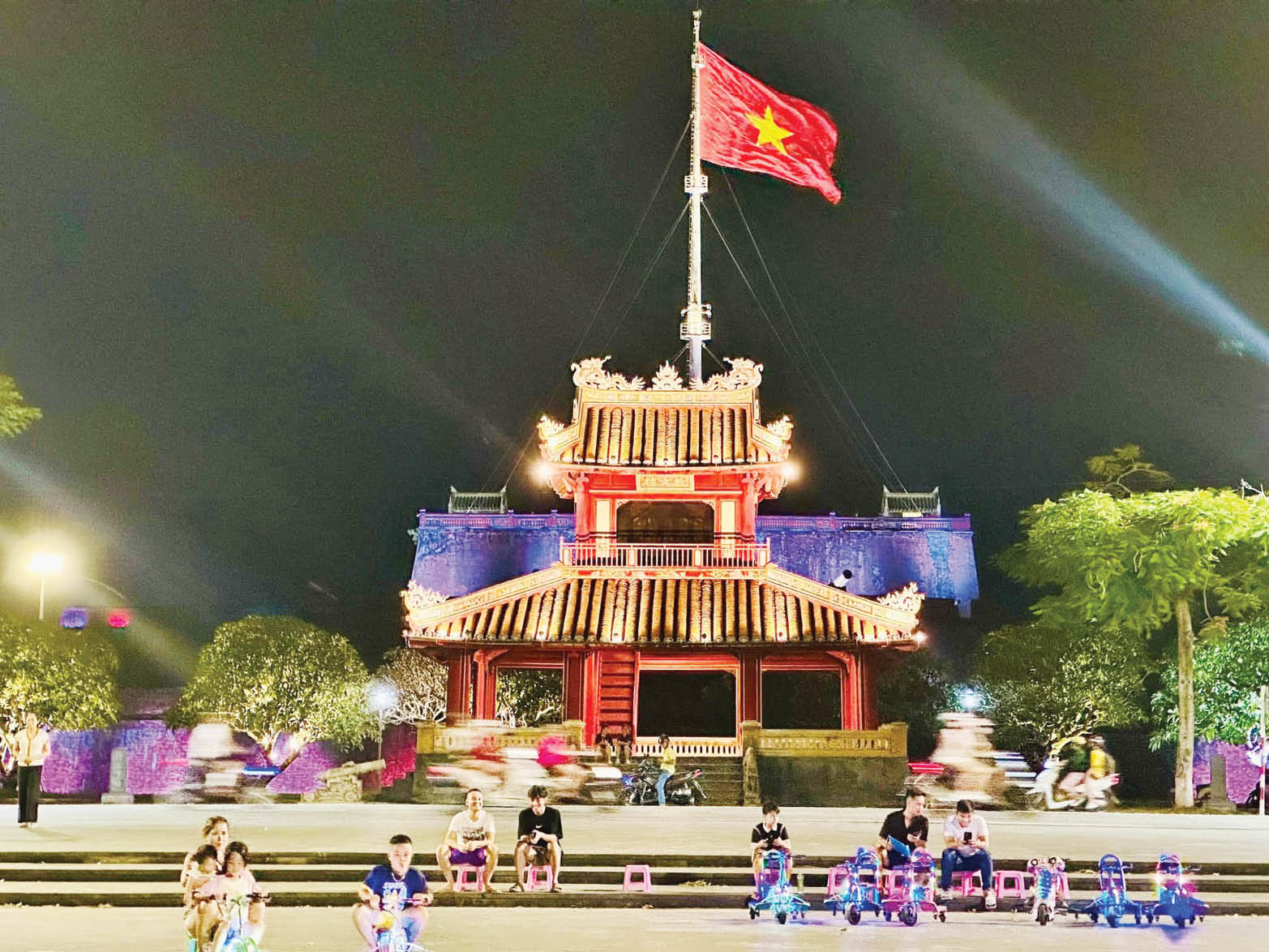 |
| Hue Flag Tower seen from Phu Van Lau. Photo: Ngoc Hoa |
During the 1968 Spring General Offensive and Uprising, implementing the policy of great solidarity, widely gathering all classes of people, especially in urban areas, the Party advocated the establishment of the Alliance of Democratic and Peace Forces, with its own flag consisting of three colors: red, blue and a yellow star. The Hue City Party Committee assigned Huong Tra district to be responsible for making the flag. Bases in Hue secretly transported colored fabrics to the rear base to make the 96m2 flag. The Hue Front Campaign Commander assigned the 6th Regiment, the unit that attacked the Hue Citadel, the task of raising the flag. The flag was raised on the Hue Flag Tower on the morning of January 31, 1968. The fluttering revolutionary flag was the pride of the Hue Front soldiers and people, who occupied Hue for 26 days and nights.
Then at noon on March 25, 1975, the Liberation flag flew atop the Phu Van Lau Flagpole, signaling that Hue city had just been liberated. The flag flew in the windy blue sky and in the triumphant song “March Sunshine” by musician Tran Hoan: “The sunshine is so beautiful, oh March sunshine/ The sunshine is so beautiful, our Hue city is now free of foreign invaders/ And the bright pink flag flutters over the streets…”.
Revolutionary flag in urban movement
When appearing in the heart of Hue city, where the political symbol is the yellow flag of the old Saigon government, the revolutionary flag is not simply a flag, but a direct negation of the existing government. In Hue, the revolutionary flag appeared not only three times in the three major events mentioned above, but also in many other events.
In fact, the revolutionary flag appeared in Hue very early. After the establishment of Thuan Hoa City Party Committee in April 1930, the City Party Committee immediately approved the plan to celebrate International Labor Day in Hue, with the main content being a demonstration of force. The book History of Hue City Party Committee (1930 - 2000) recorded the first time the flag of the Communist Party of Vietnam appeared publicly on the occasion of the anniversary of May 1, 1930 in many locations such as at An Cuu village communal house, So Bang Ta in front of the Central Region Resident's Court, along Paul Bert Street (Tran Hung Dao Street), Gia Long Street (Phan Dang Luu), at the Monument to Fallen Soldiers (in front of Quoc Hoc School), San - Da post, Mang Ca post, Nha Den, Thuong Tu gate, An Hoa gate, on top of Ngu Binh mountain... In essence, this was a movement of all classes of people with a large number and a bustling atmosphere; The enthusiastic spirit of the People supporting the Party right next to the royal court made the French colonialists and the feudal court confused and afraid.
During the resistance war against the French, the book "People's Public Security Chronicle" recorded that in March 1950, a group of volunteer police bravely and intelligently entered the Phu Van Lau flagpole, lowered the Ly flag and raised the red flag with a yellow star on the communal house, making the masses happy and the enemy surprised and terrified.
During the Hue urban movement, at Thuong Tu gate, on May 1, 1964, patriotic students raised the flag of the National Liberation Front of South Vietnam in a street demonstration...
Today's Normal Days
To keep the flag flying, bright red against the blue sky, there are people who regularly sew and hang the flag. Mrs. Hanh, a tailor at Dong Ba market, has been sewing flags at Hue's Ky Dai for nearly 20 years. The flag is 12m long, 8m wide, the yellow star is 4m high, totaling over 130m2 of fabric. Every time she sews a flag, Mrs. Hanh has to borrow a hall to stretch the fabric, then use a needle to comb the star to apply it properly, the work takes 2 days and nights. The most difficult part of sewing flags to hang at the Ky Dai is cutting and sewing the star onto the flag so that it is symmetrical. If the star is off-center with the flag, it will not show the meaning of the national flag. Therefore, Mrs. Hanh personally does the steps, without asking anyone else.
Hanging the flag on Phu Van Lau flagpole is not an easy task. Currently, there are two people assigned the task: Le Tien Si and Tran Thach Cuong. Le Tien Si used to be a soldier in the Air Defense - Air Force. In 1997, he was accepted to work at the flagpole protection team of the Hue Monuments Conservation Center. Tran Thach Cuong has been assigned by his unit to hang and lower the flag on Hue flagpole for exactly 25 years. In 2000, on his first day of work, the team leader took him to the foot of the flagpole, pointed to the flagpole and said: "The flagpole has 3 railings. On the first day, climb the first railing, on the second day, climb the second railing, and on the third day, climb the last railing." But that day, Cuong climbed all the way to the top of the flagpole.
The flag fluttering in the wind is the proud beat of the beloved Fatherland that is developing every day in the sky and land of the Ancient Capital.
Source: https://huengaynay.vn/chinh-tri-xa-hoi/bong-co-157199.html




![[Photo] Red flag with yellow star flutters in France on National Day September 2](https://vphoto.vietnam.vn/thumb/1200x675/vietnam/resource/IMAGE/2025/8/28/f6fc12215220488bb859230b86b9cc12)
![[Photo] Politburo works with the Standing Committee of Cao Bang Provincial Party Committee and Hue City Party Committee](https://vphoto.vietnam.vn/thumb/1200x675/vietnam/resource/IMAGE/2025/8/28/fee8a847b1ff45188749eb0299c512b2)
![[Photo] National Assembly Chairman Tran Thanh Man holds talks with New Zealand Parliament Chairman](https://vphoto.vietnam.vn/thumb/1200x675/vietnam/resource/IMAGE/2025/8/28/c90fcbe09a1d4a028b7623ae366b741d)
![[Photo] General Secretary To Lam attends the opening ceremony of the National Achievements Exhibition](https://vphoto.vietnam.vn/thumb/1200x675/vietnam/resource/IMAGE/2025/8/28/d371751d37634474bb3d91c6f701be7f)
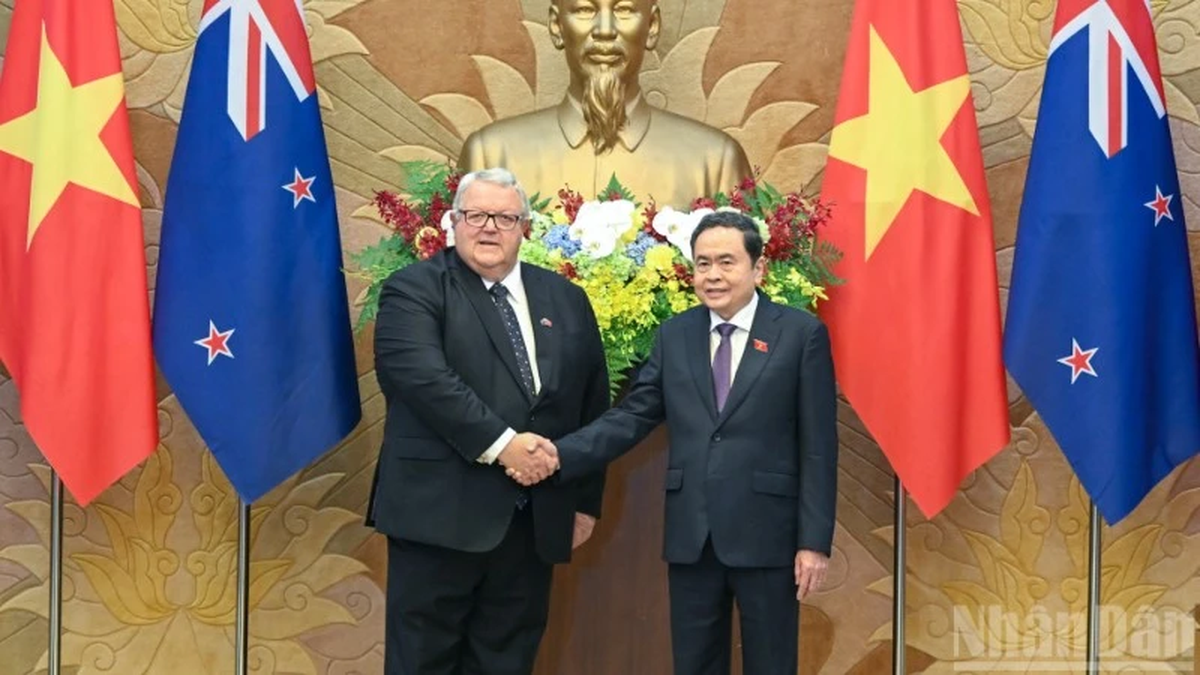
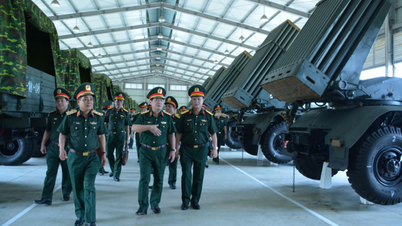



![[Photo] Exhibition “80 years of journey of Independence-Freedom-Happiness”: An inspirational meeting place for the young generation](https://vphoto.vietnam.vn/thumb/402x226/vietnam/resource/IMAGE/2025/8/26/2aaef59beb604923b0f848f5c6311dbd)

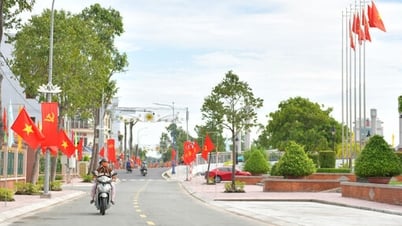

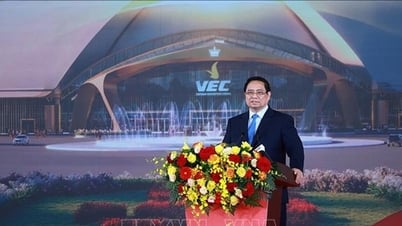



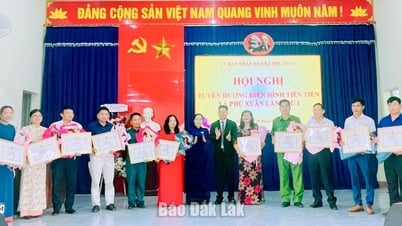
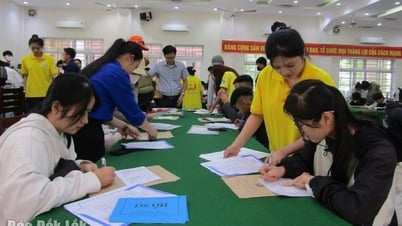
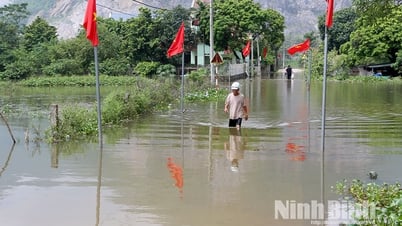

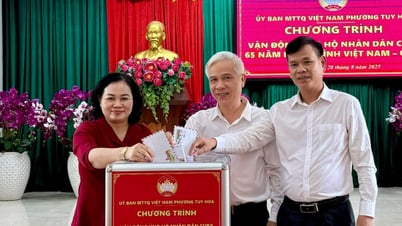
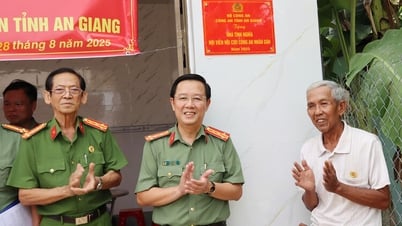






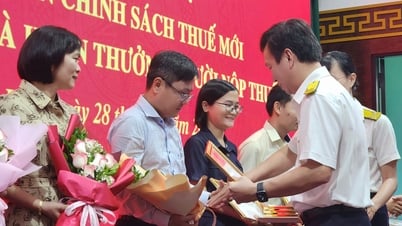



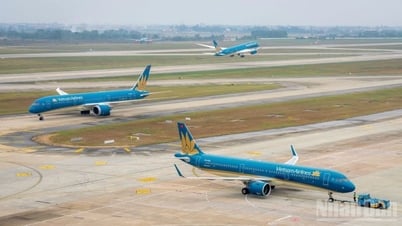

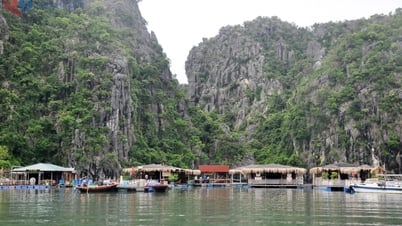

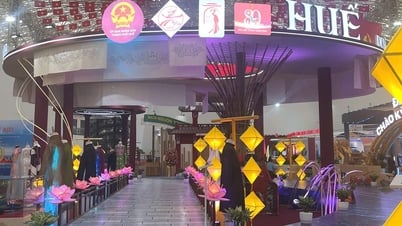

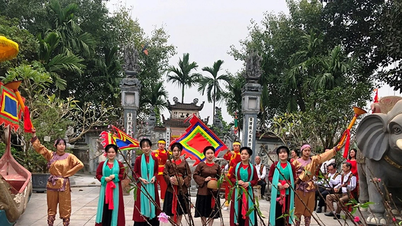

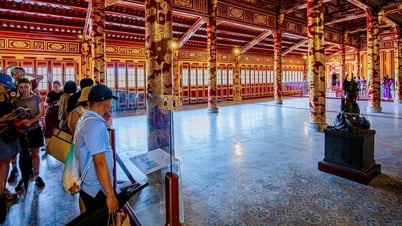




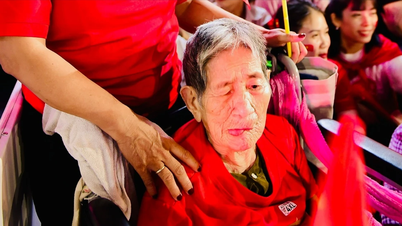

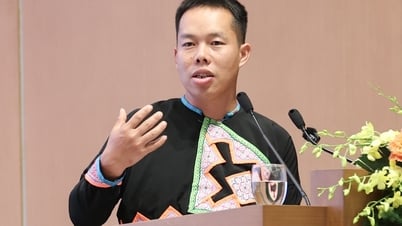

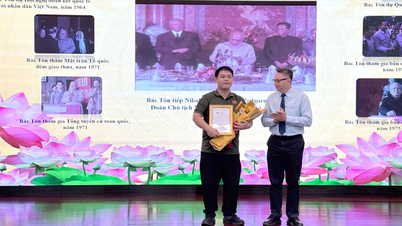
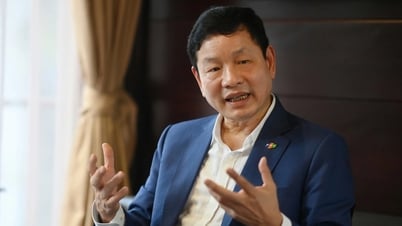

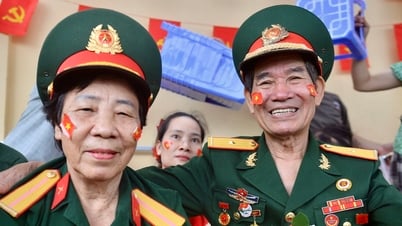

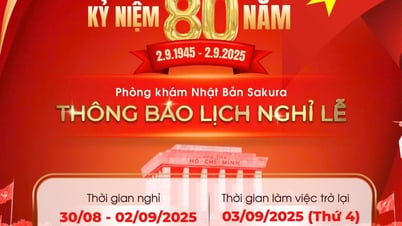

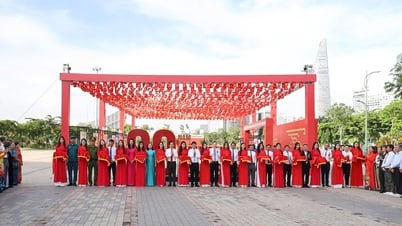
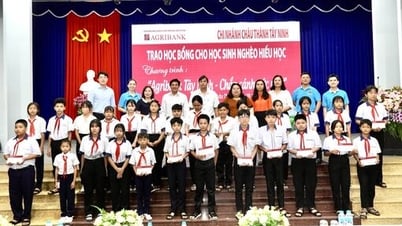







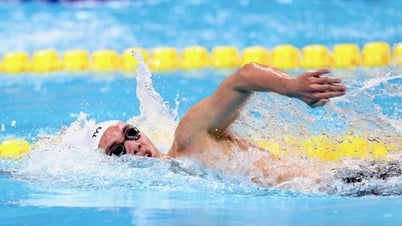
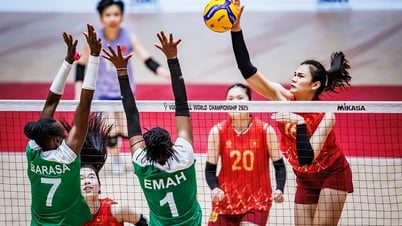








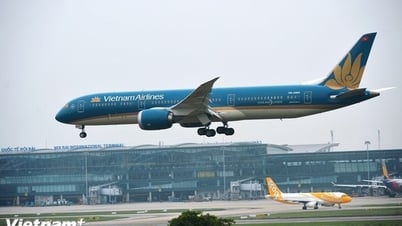
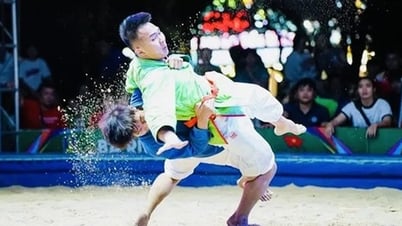
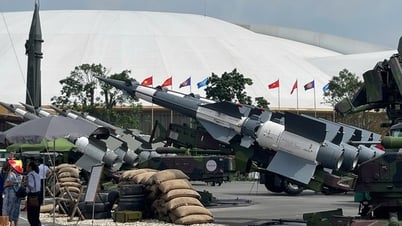
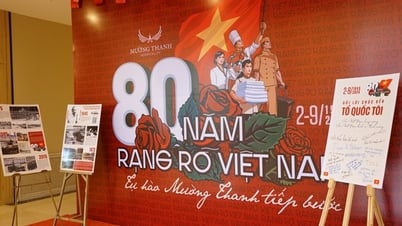


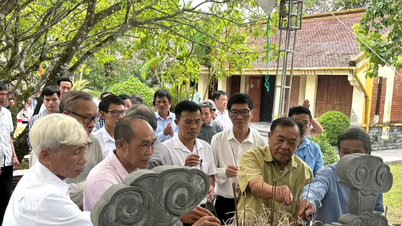


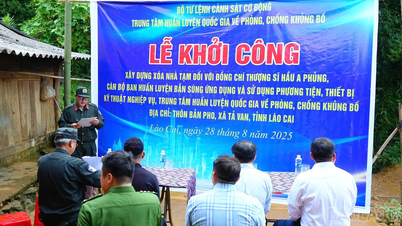

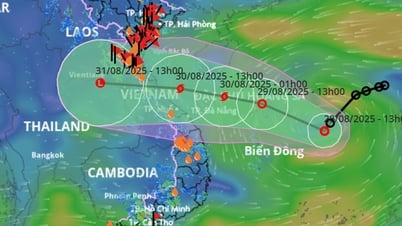



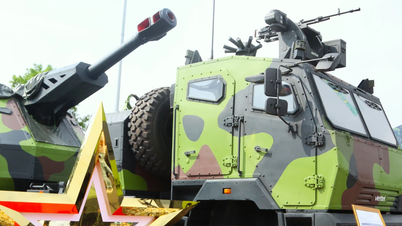




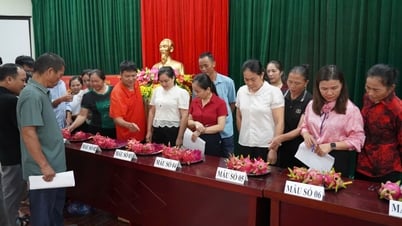





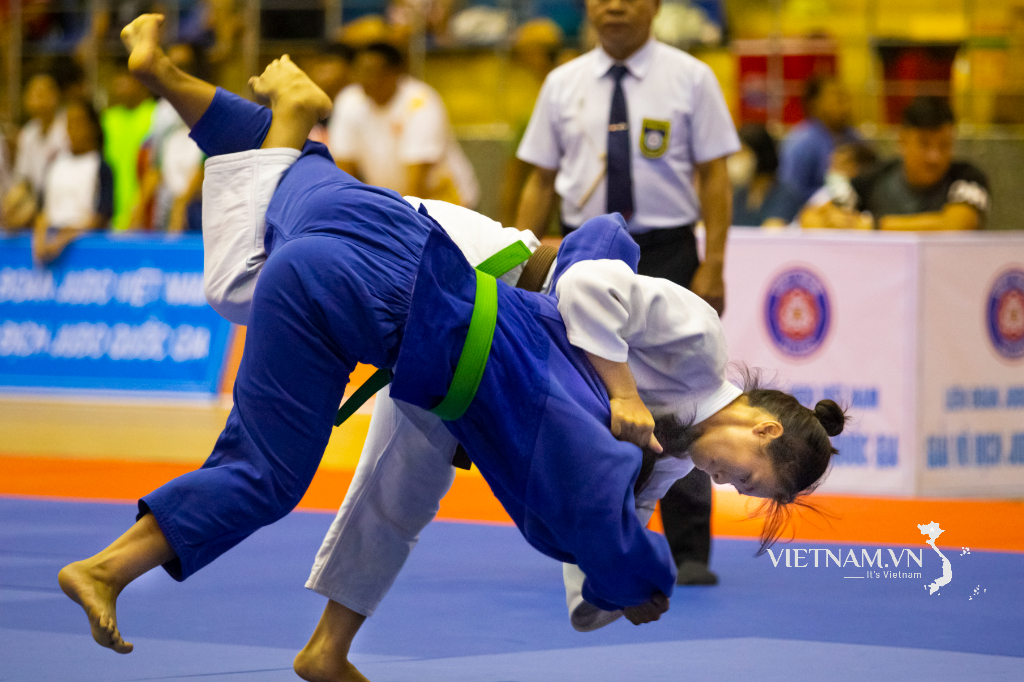


Comment (0)